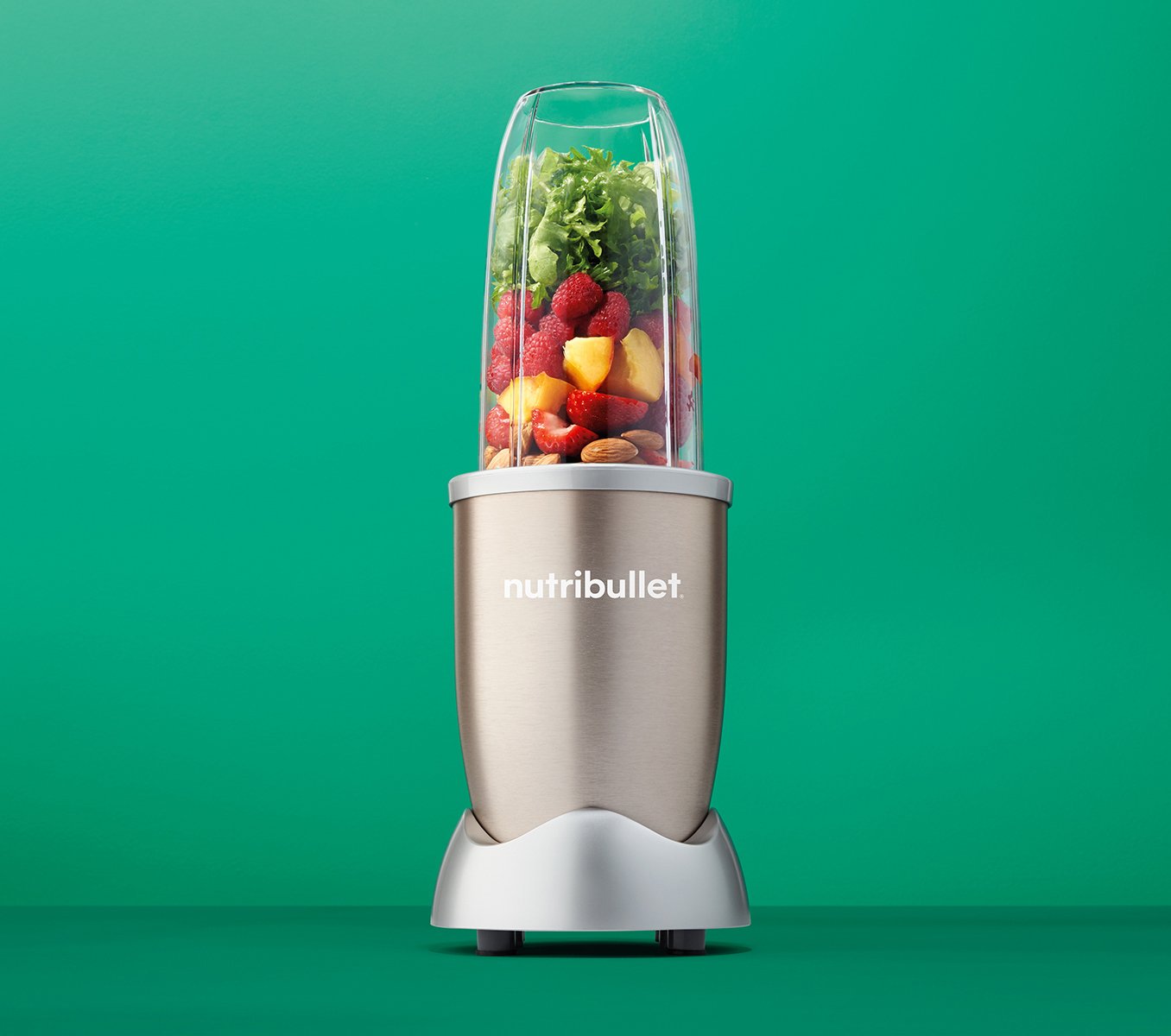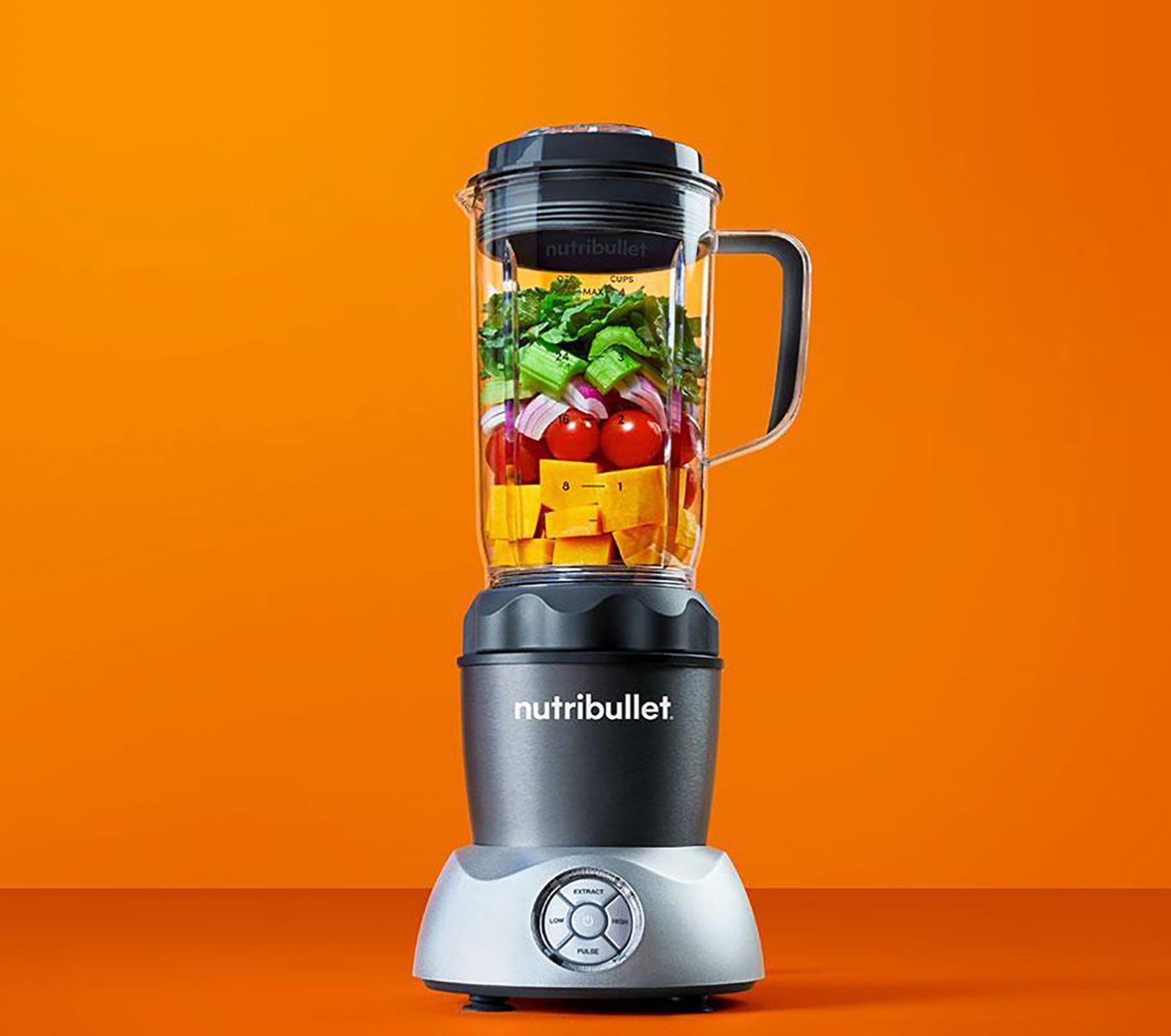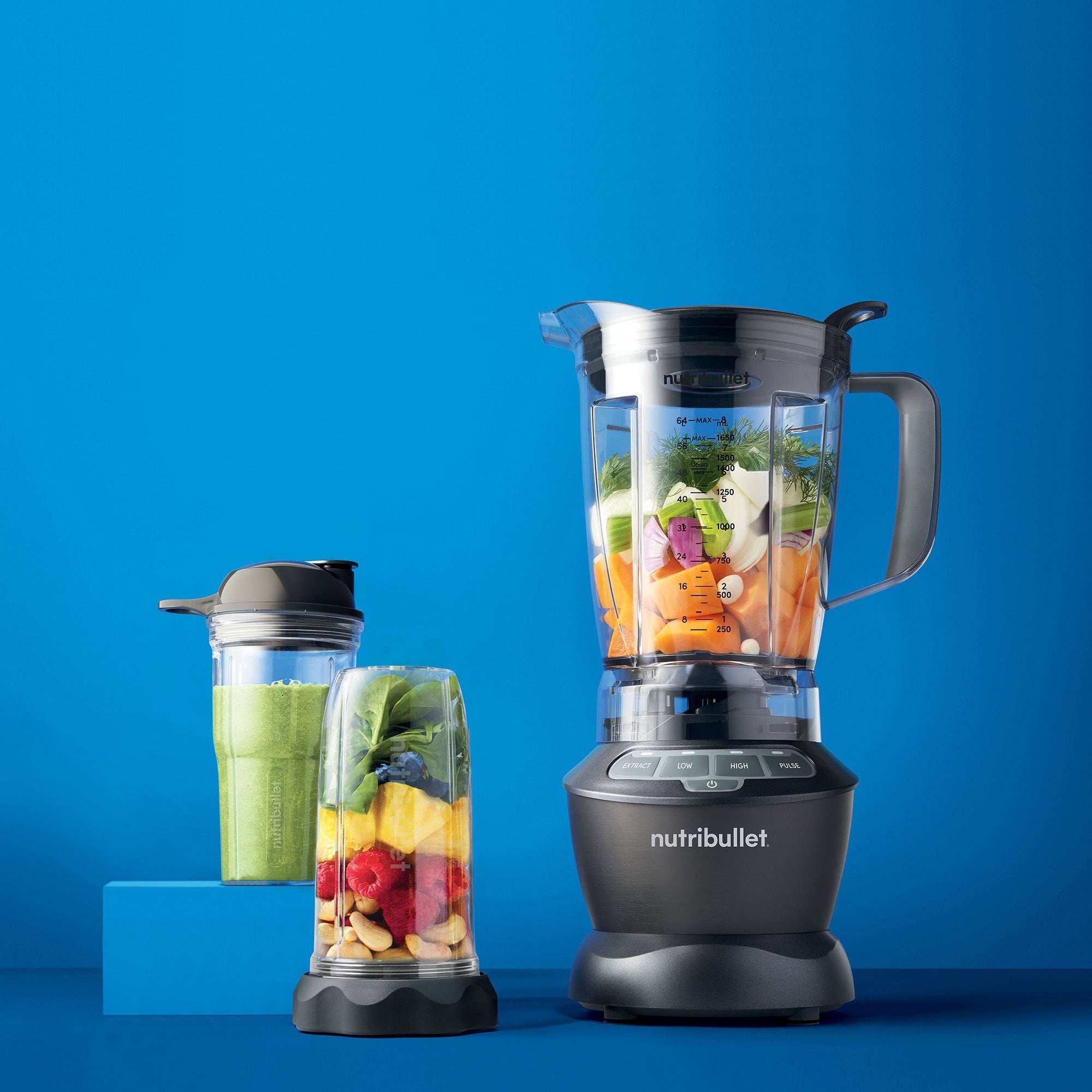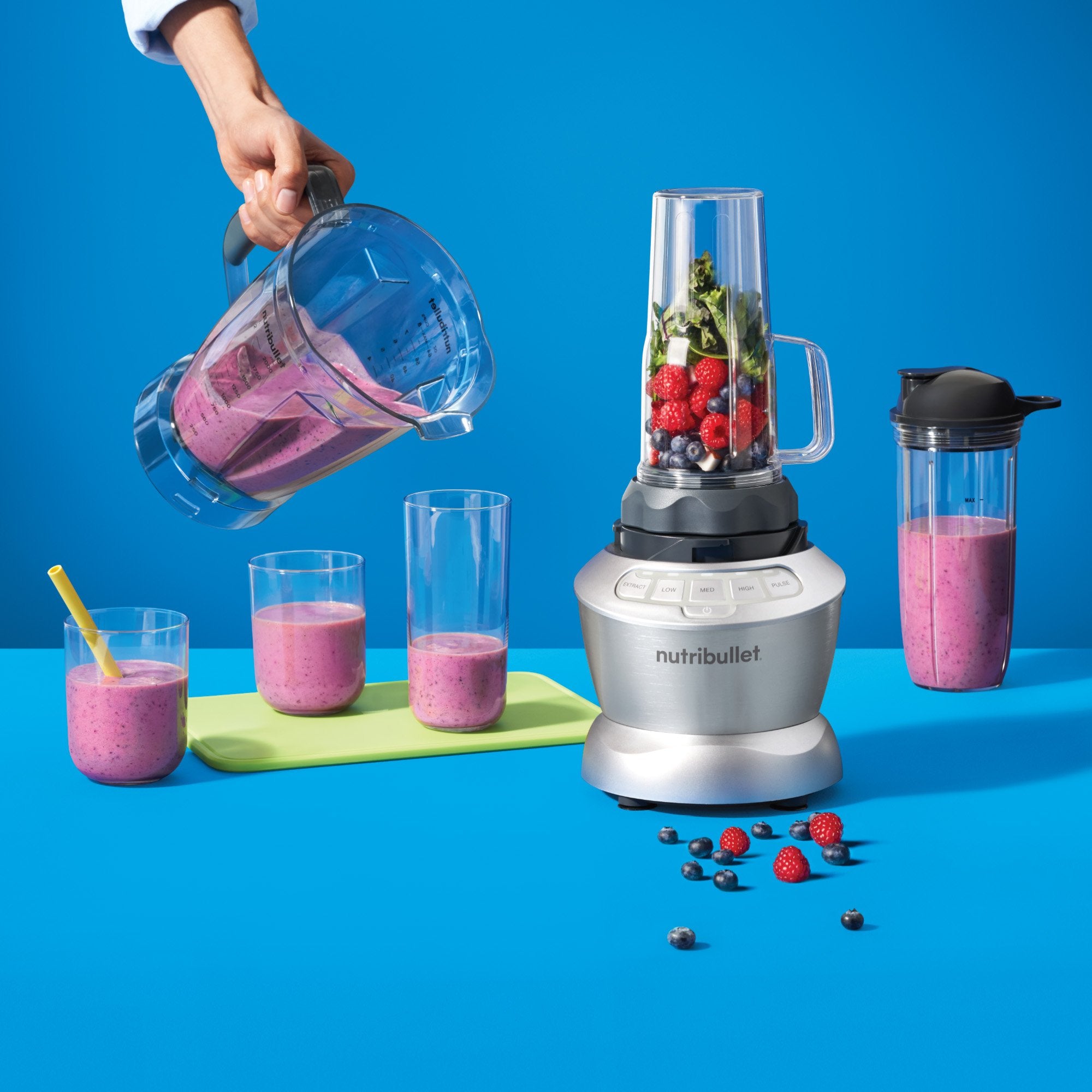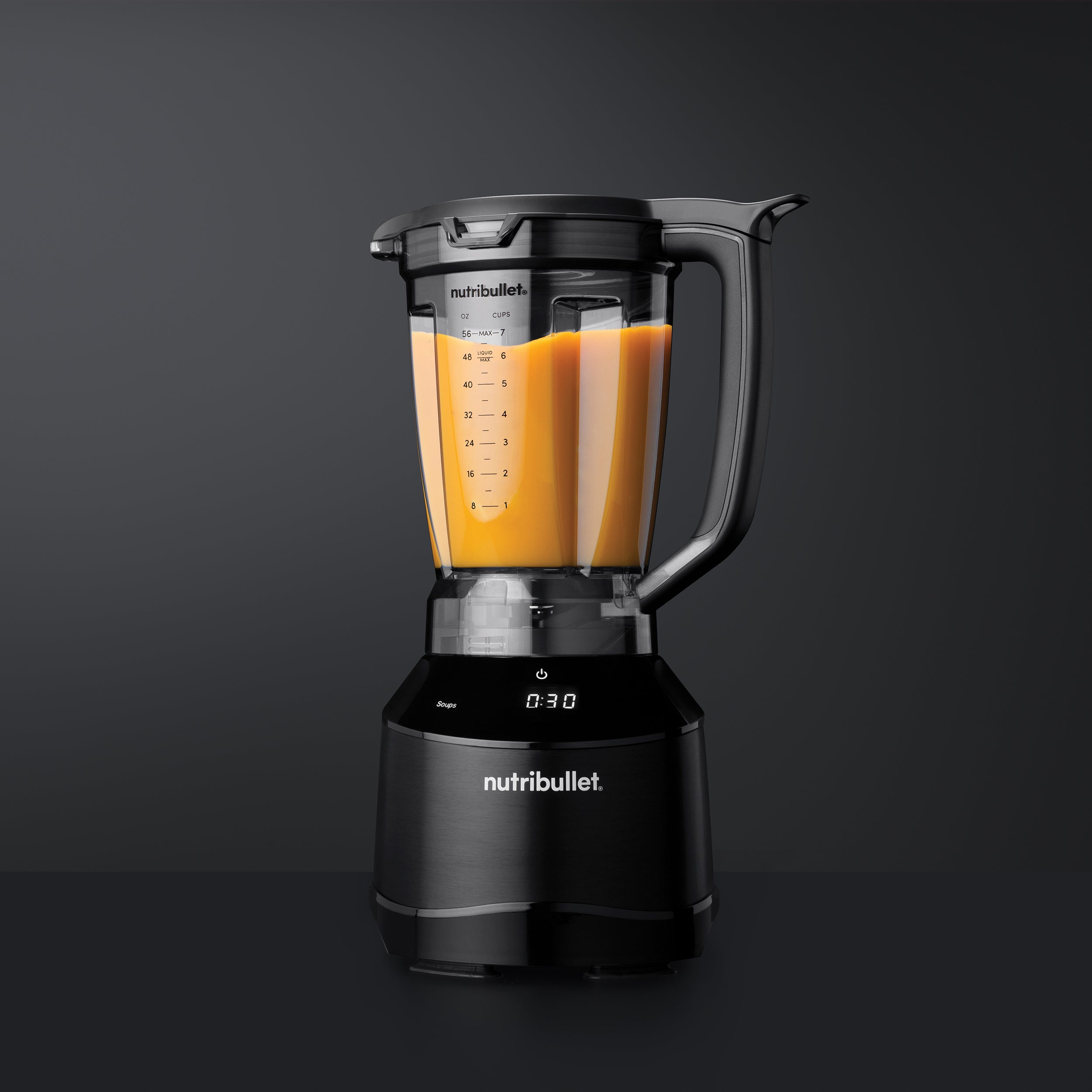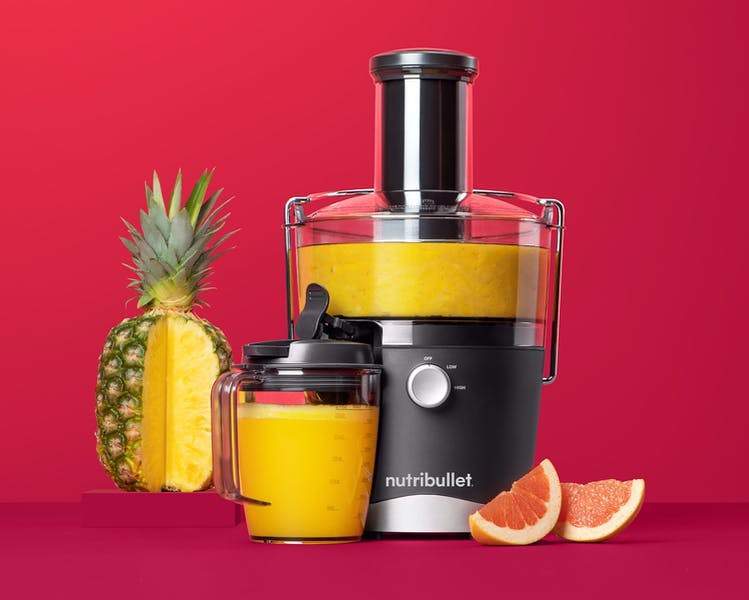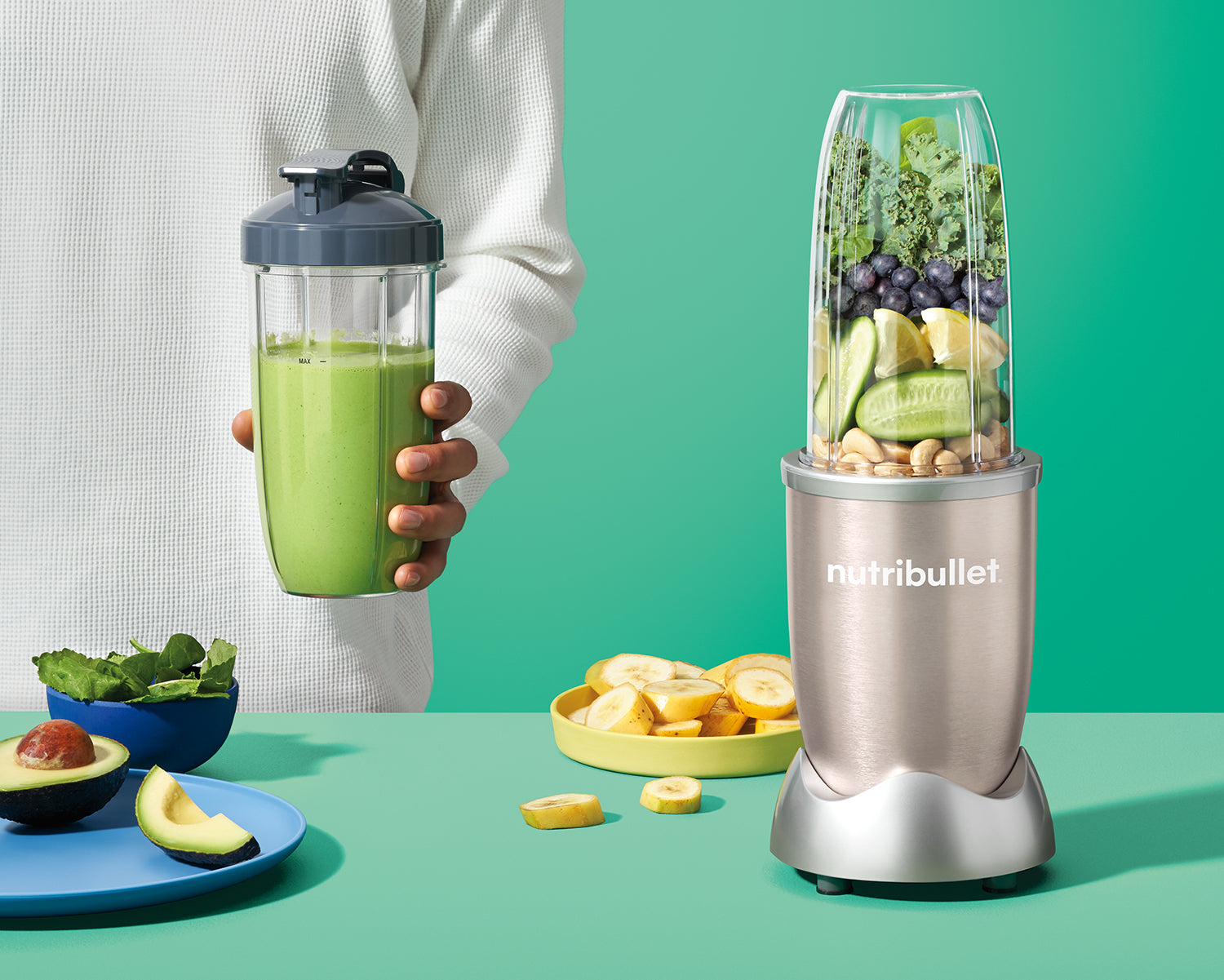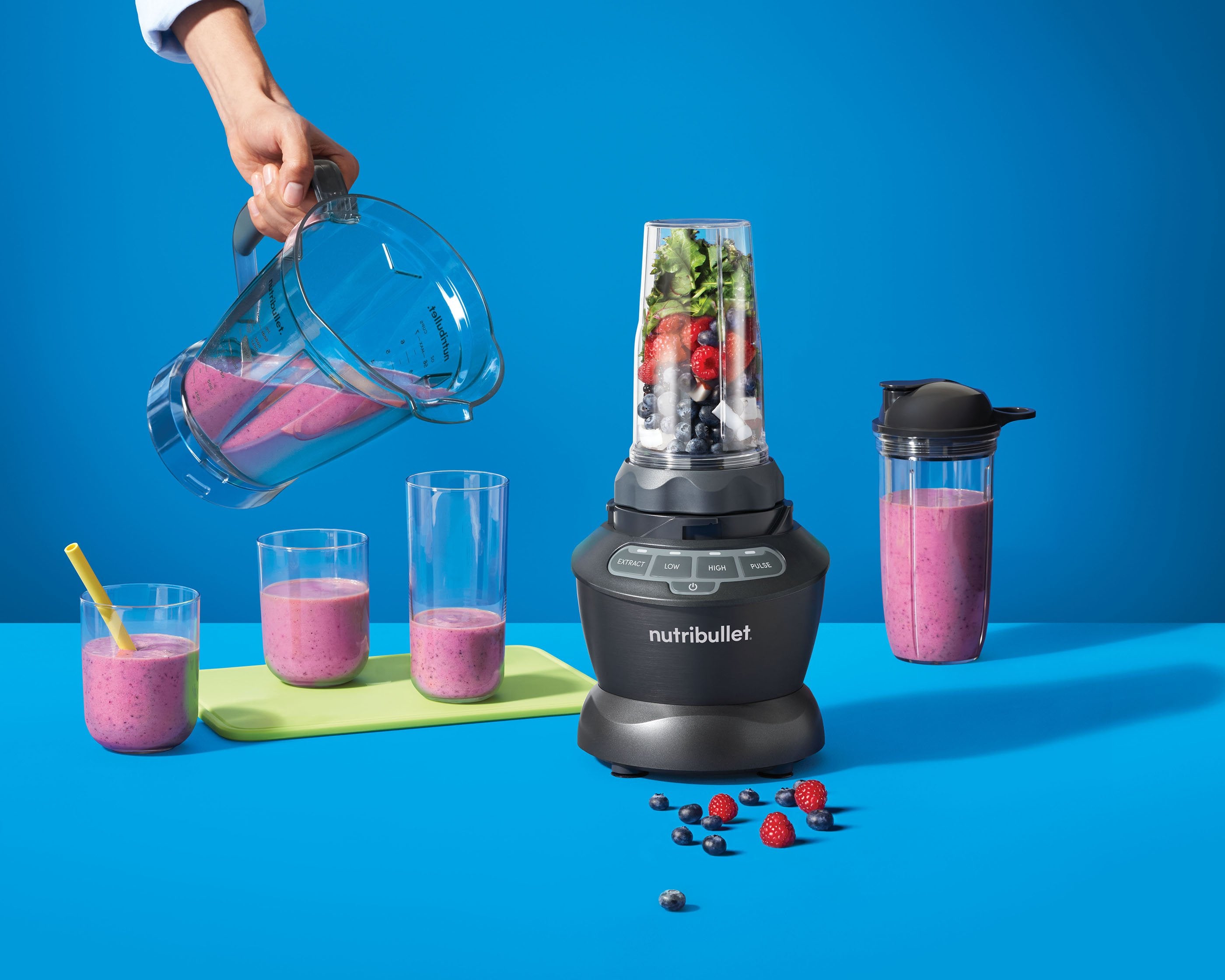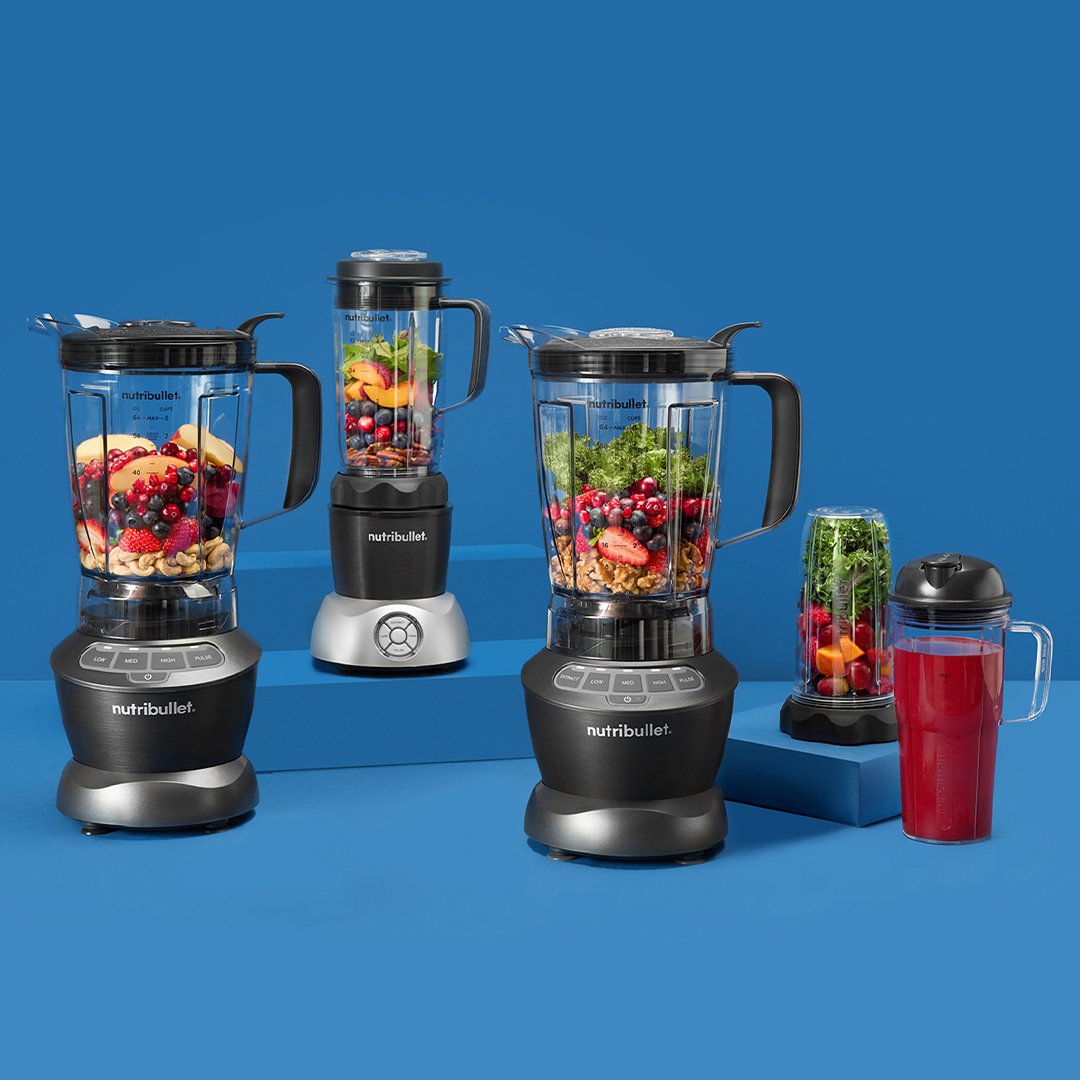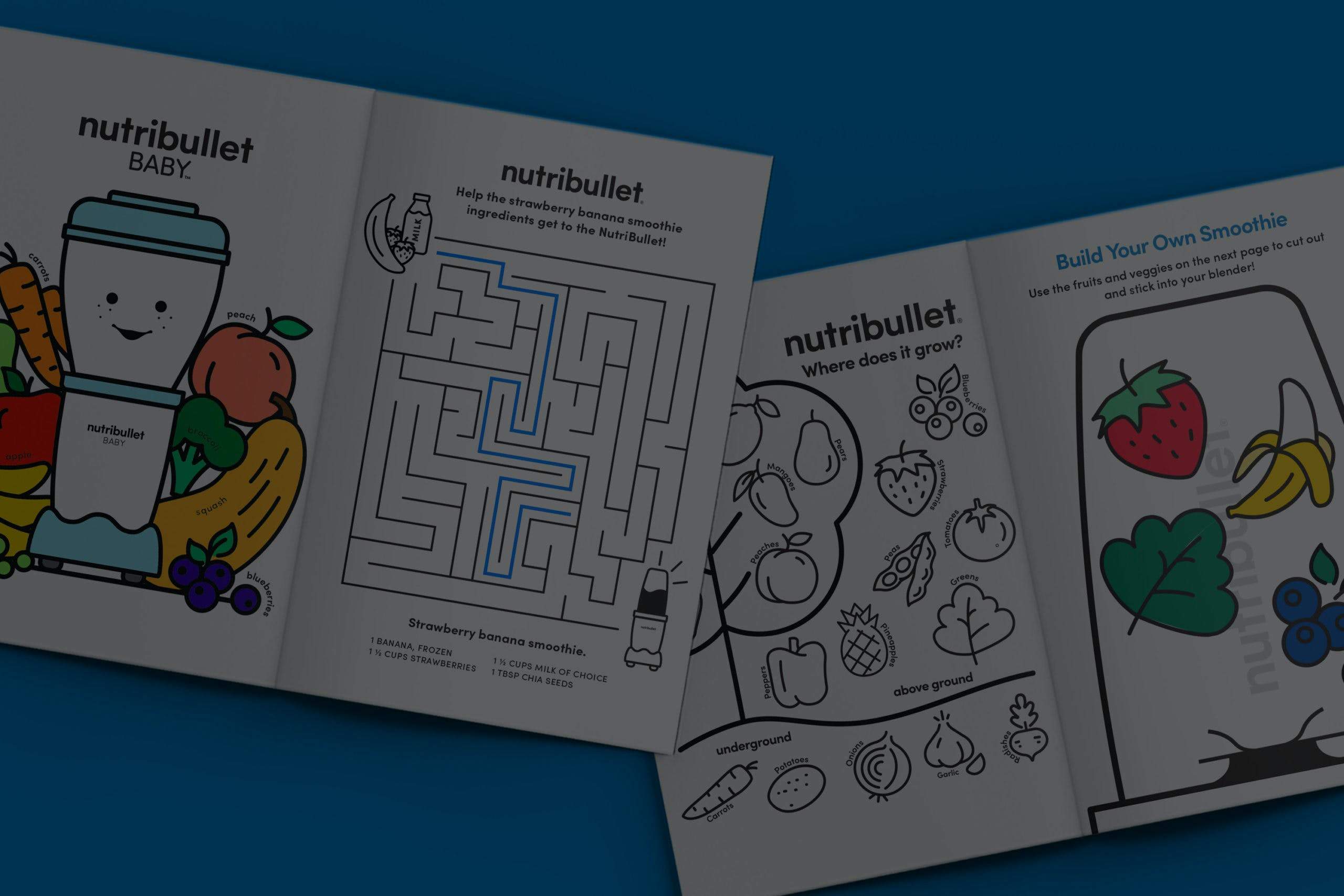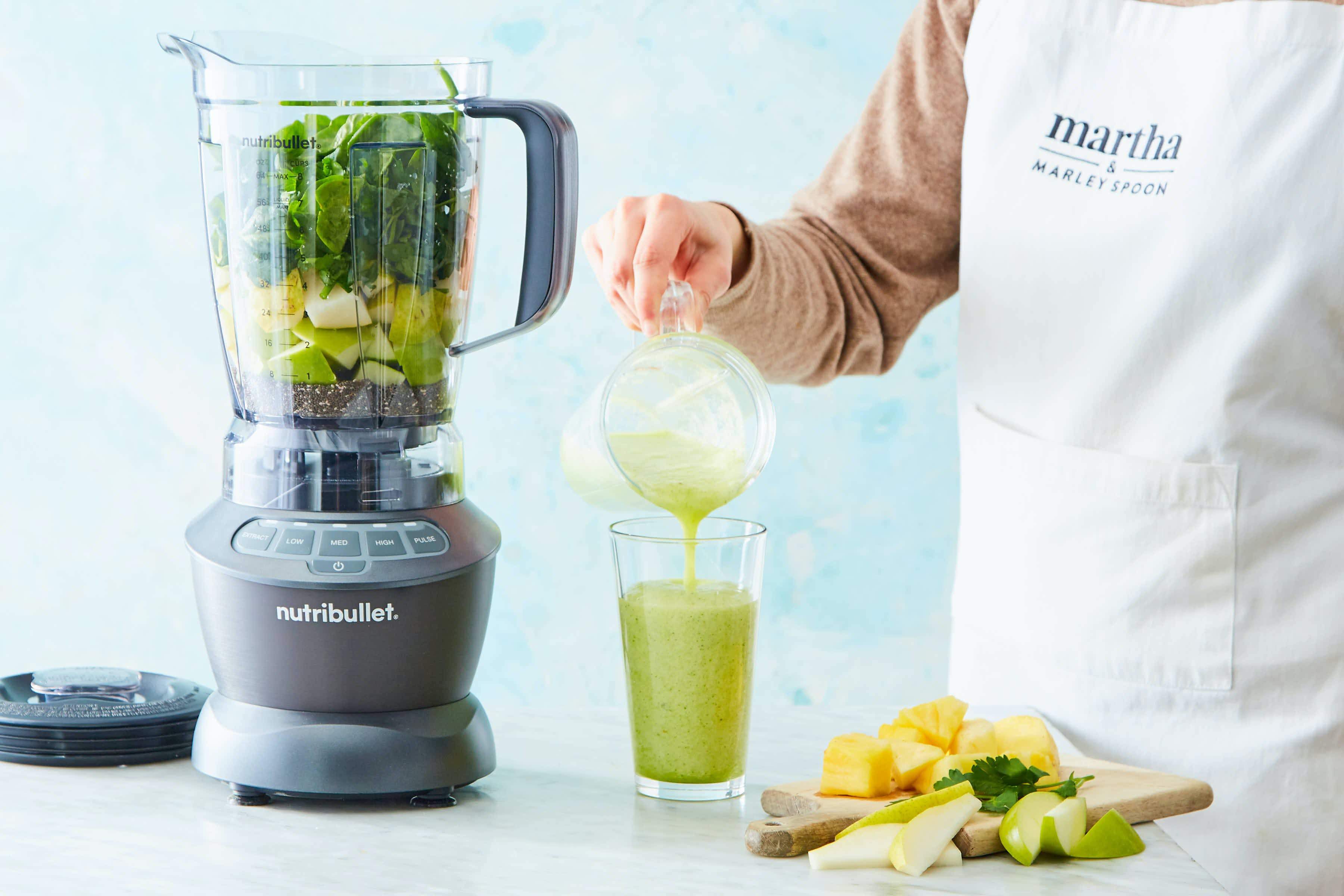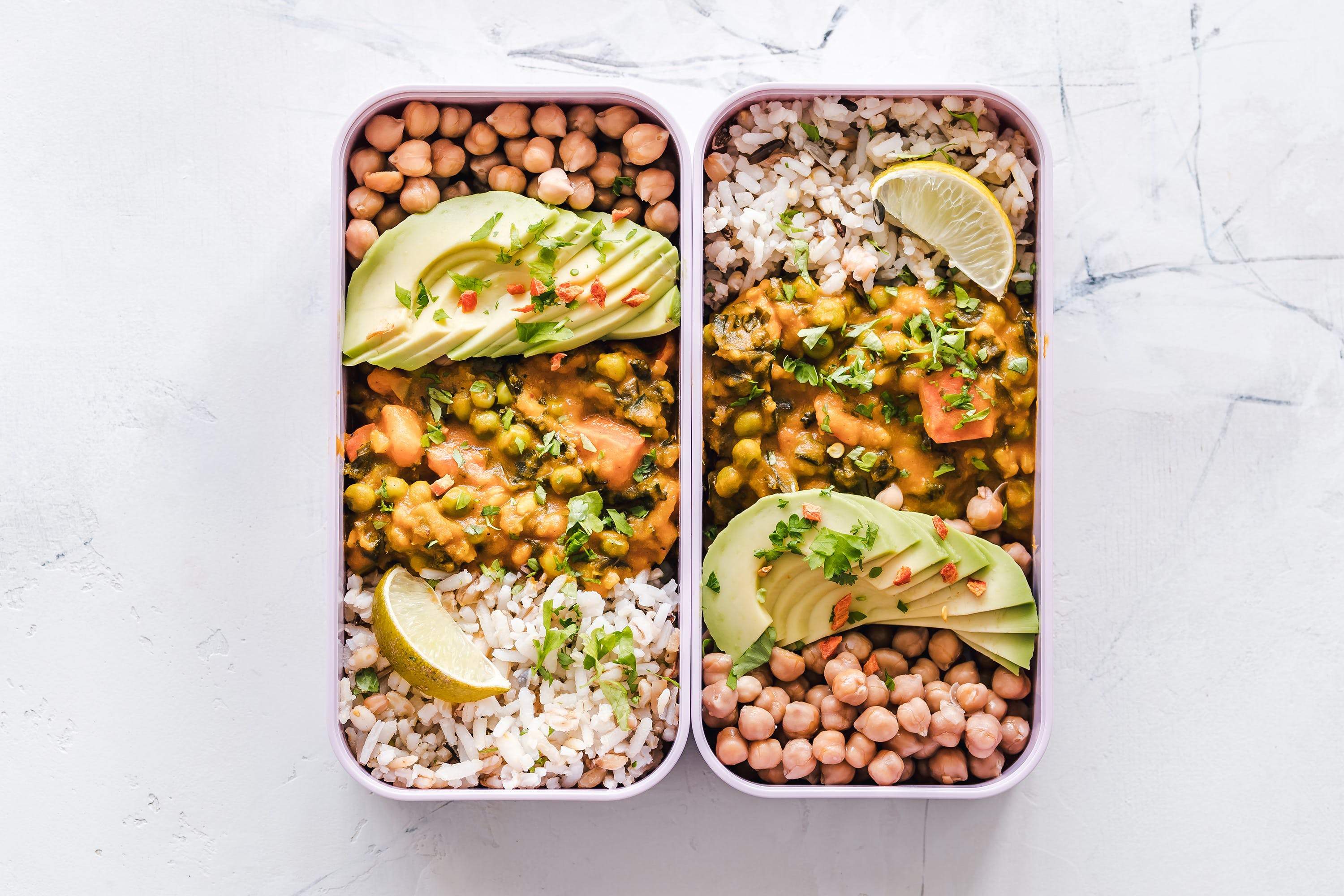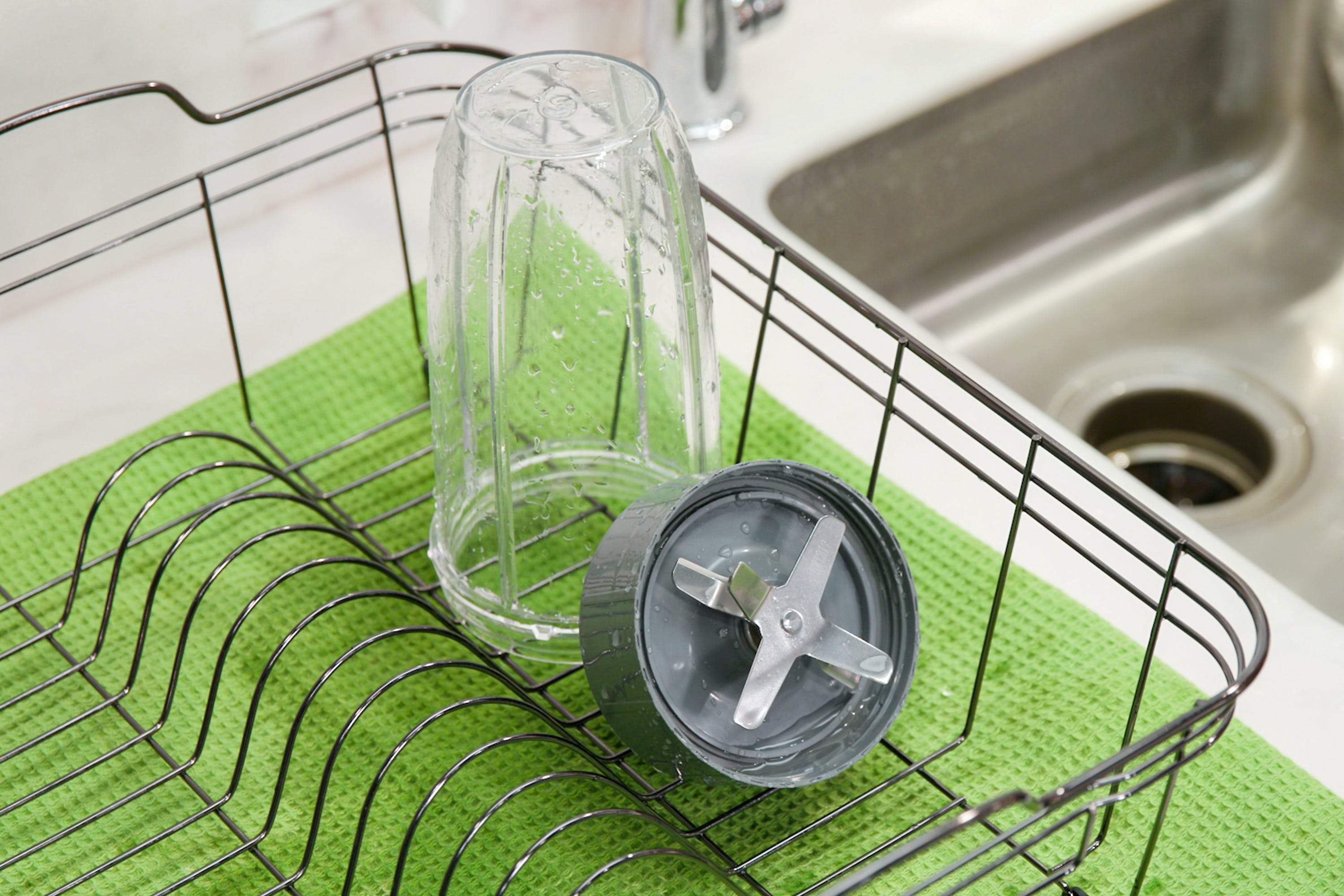Have you ever wondered which fish is actually the healthiest? I get this question all the time from people who sincerely want to improve their dietary intake and health. We know that consuming fish regularly can boost heart health, improve symptoms of depression, reduce inflammation, assist with weight management, optimize infant brain development, delay onset of dementia and decrease the risk of developing Alzheimer’s. Seafood – both fish and shellfish – is low in calories and saturated fat and high in protein. It’s also rich in vitamins B12 and D, iron, zinc, magnesium, phosphorus, selenium and beneficial omega-3 fatty acids, EPA and DHA. It’s no surprise that the Dietary Guidelines for Americans recommends eating fish two to three times per week in order to reap all the health benefits of fish.
In a time when we are often told to eliminate certain foods, like packaged foods, refined carbohydrates, sugar, and fast foods, it’s refreshing to have a food that we’re recommended to increase the consumption of! It’s confusing, however, because we still don’t know which fish is the best to eat. We’re told to avoid fish that are high in mercury but, at the same time, we’re encouraged to eat more fish than we currently do. It’s no wonder we’re all confused!
A USDA survey claims that a lack of awareness about the positive health benefits of consuming seafood and a lack of confidence when it comes to cooking seafood are two factors that contribute to low intake of seafood.
Some fish are known to be rich in heart-healthy fats. The Centers for Disease Control and Prevention (CDC) stated that, in the United States, heart disease is the number one cause of death, claiming approximately 84,000 lives each year. If eating more fish can reduce the risk factors, we can lower the death rate caused by the country’s deadliest disease.
Eating a seafood-rich diet can also help expectant mothers. It strengthens the development of the baby’s brain and reduces the risk of postpartum depression. Studies have found a link between women who don’t eat seafood during pregnancy and a greater likelihood of depression in those moms compared to moms who ate seafood two to three times per week during pregnancy.
So, what exactly is the healthiest fish to eat? All seafood sold in the United States is safe. All seafood in reputable supermarkets, restaurants, and fish markets is safe. The top five most popular varieties are shrimp, salmon, canned tuna, tilapia, and Alaskan Pollock. The only limitations on seafood consumption are that pregnant women should avoid fish varieties that are high in mercury. These include king mackerel, shark, swordfish, tilefish, orange roughy, marlin and big-eye tuna found in sushi. Otherwise, pregnant and breastfeeding moms should regularly consume seafood.
Summertime is the perfect time to increase your consumption of seafood as many varieties are in season! You can easily find them at beach vacation venues and local food markets. If you’re intimidated by cooking seafood, start with fish prepared in a local restaurant, and then try to prepare it at home afterward. Alternatively, go online and search for easy-to-make seafood recipes. Cooking seafood can be easy, fun and, most importantly, good for you!
Nutritional information
Recipe: Creamy Green Strawberry Dream Serving in this recipe:1
- Calories: 236.6
- Total Fat: 3.6 g 5.5%
- Saturated Fat: 0.4 g 1.9%
- Cholesterol: 0 mg 0%
- Sodium: 358.7 mg 14.9%
- Total Carbs: 45.7 g 15.2%
- Dietary Fiber: 9.9 g 39.4%
- Sugar: 22.1 g
- Protein: 8.1 g 16.2%
- Vitamin A: 481.9% Vitamin C: 244.1%
- Calcium: 68.5% Iron: 26.1%
* Percent Daily Values are based on a 2,000 calorie diet. Your daily values may be higher or lower depending on your calorie needs.

